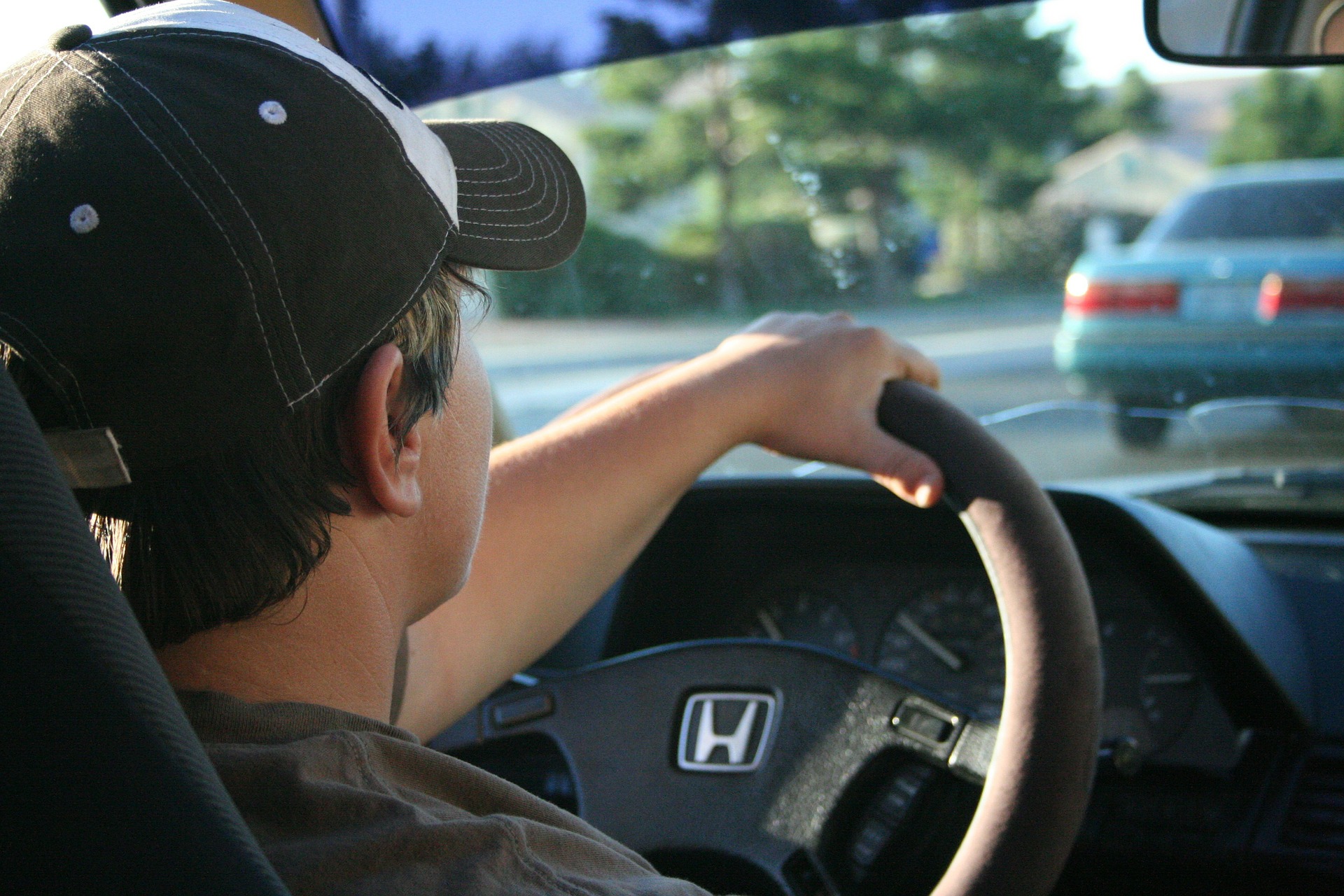When we hear news of a serious car accident, we tend to assume the culprit was alcohol. But what about the radio? Or a GPS? Or even the soda in your cup holder? The truth is, these are all distractions while we drive — and they can have serious consequences.
The U.S. Department of Transportation reported in 2009 that 5,474 people were killed on U.S. roadways that year and an estimated additional 448,000 were injured in motor vehicle crashes reported to have involved distracted driving. The under-20 age group had the greatest proportion of distracted drivers. Of those drivers involved in fatal crashes who were reportedly distracted, the 30 to 39-year old group had the highest proportion of cell phone involvement.
Joel Feldman, a good friend of Magee and winner of our 2013 Champion in the Community Award, understands the impact of distracted driving all too well. His 21-year old beautiful daughter was a victim of a distracted driver. Through his organization, EndDD.org, “it is the hope that deaths and injuries from distracted driving will be prevented, allowing young people to live full and productive lives and sparing their loved ones from suffering the loss felt so deeply by Casey’s friends and family after her death.”
Critical reasons cited for distracted driving and the resulting, sometimes tragic, consequences are as follows:
- Internal distraction. The driver fails to recognize a situation requiring a response because his/her attention is directed to an event, object, person, or activity inside the vehicle. Examples of internal distraction include:
1) Dialing/hanging up the phone and text messaging.
2) Looking at other occupants.
3) Eating or drinking.
4) Adjusting radio or CD player.
5) Reading map/directions/newspaper.
6) Retrieving objects from floor or other location inside car.
7) Smoking.
- External distraction. The driver fails to recognize a situation requiring a response because his/her attention is directed to an event, object, person, or activity outside the vehicle, such as another person, animal, or a previous crash.
- Inattention. The driver’s inattention to the road is due typically to focusing on internal thoughts or problems, such as daydreaming, financial concerns, family concerns, or other personal problems.
In addition to the above critical reasons, aggressive driving also plays a huge part in distracted driving. Those who drive aggressively are self-absorbed in their own thoughts and show blatant disregard for sharing the road with others. These are the drivers who will ignore ‘Yield’ signs and instead speed up to merge into a lane. These are the drivers who dangerously tailgate other cars, leaving only a dangerous blind spot when the driver being tailgated attempts to change lanes. These are the drivers who continuously cut in and out of traffic in order to get to their destination. And lastly, these are the drivers who speed through housing developments with no concern of the possibility of a child running into the street.
In conclusion, as a society, we need to recognize distracted and aggressive driving as a significant issue that needs to be addressed. Each of us needs to take ownership of the instances that we ourselves have driven with distractions, and we need to make a commitment to ourselves to end these practices. Cars can quickly become weapons, and therefore, we need to become more responsible drivers. Lastly, we must make a commitment to drive not only responsibly without distraction, but also with courtesy to those we share the road with. Our lives and our families’ lives depend on it, so make your personal commitment today!










